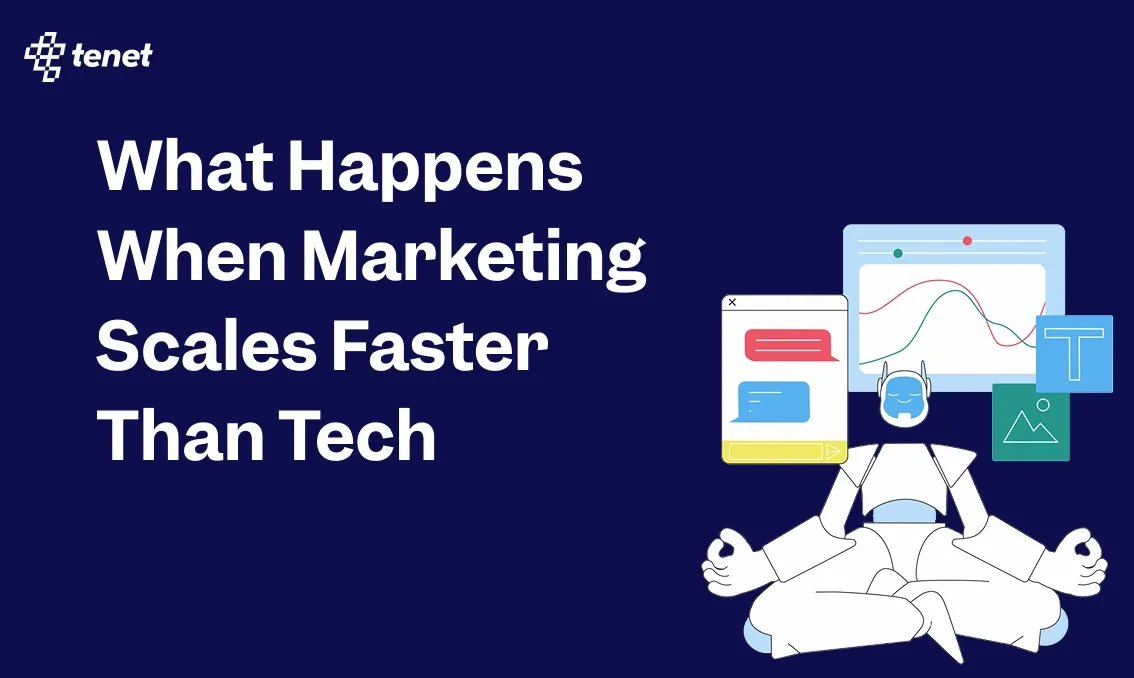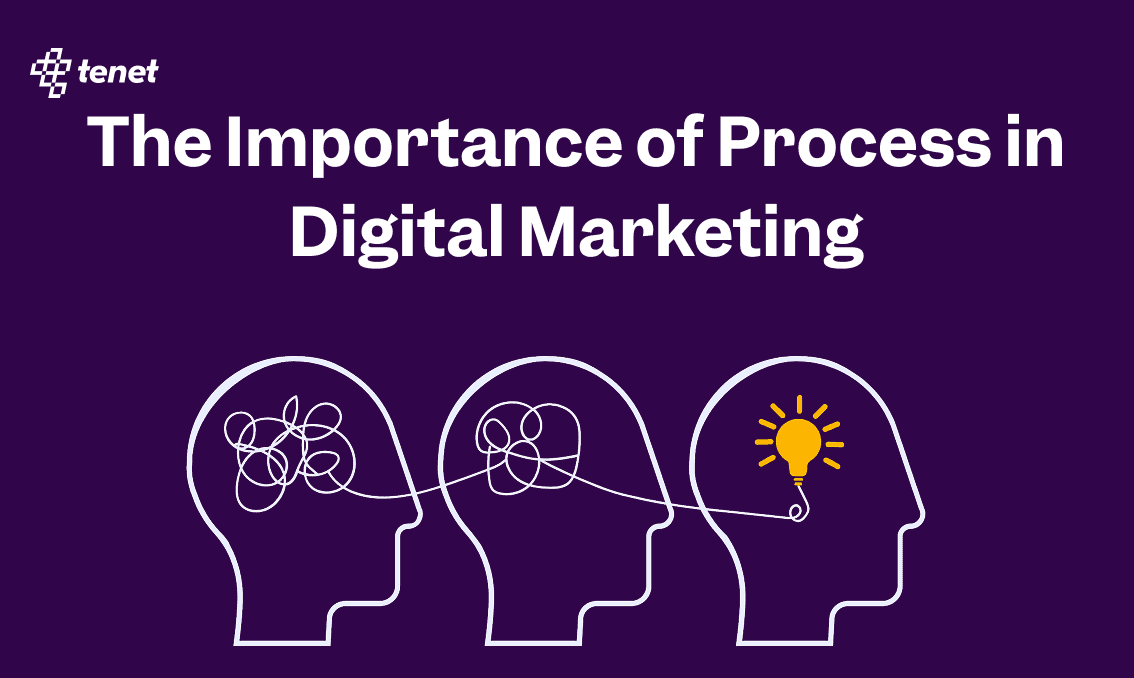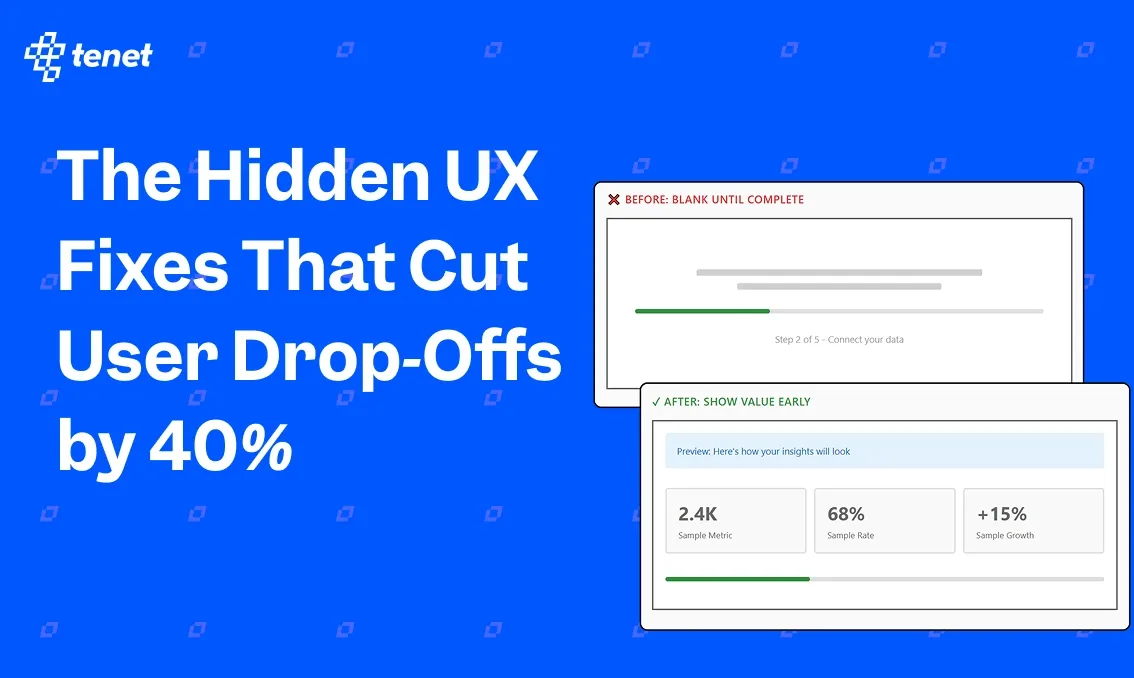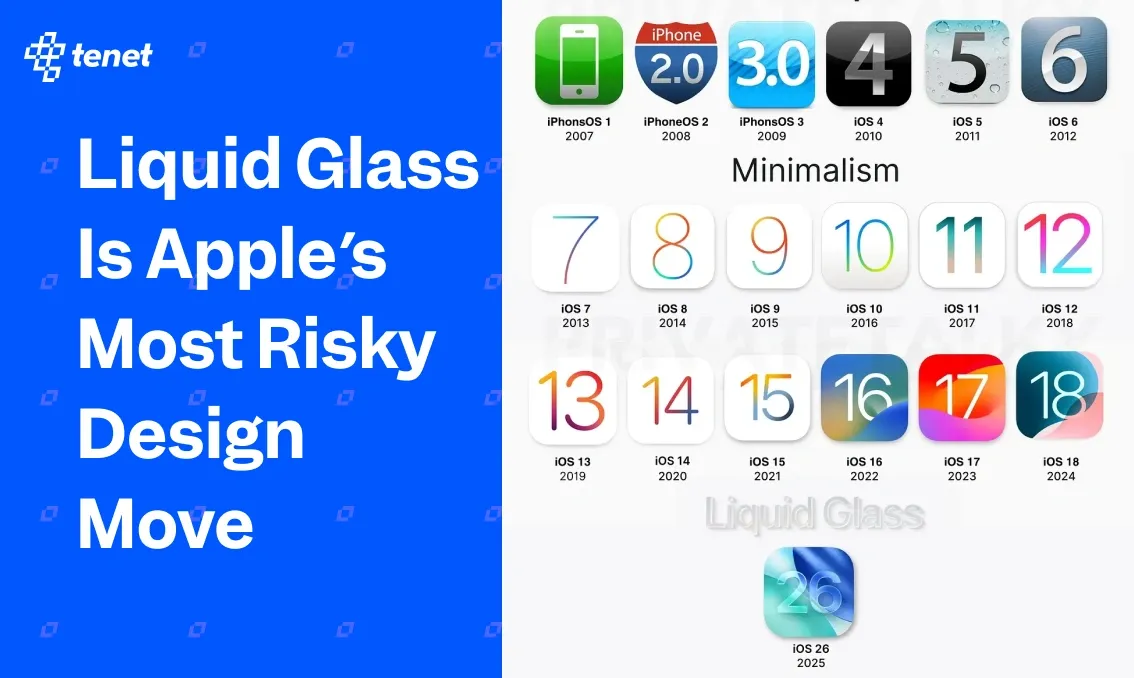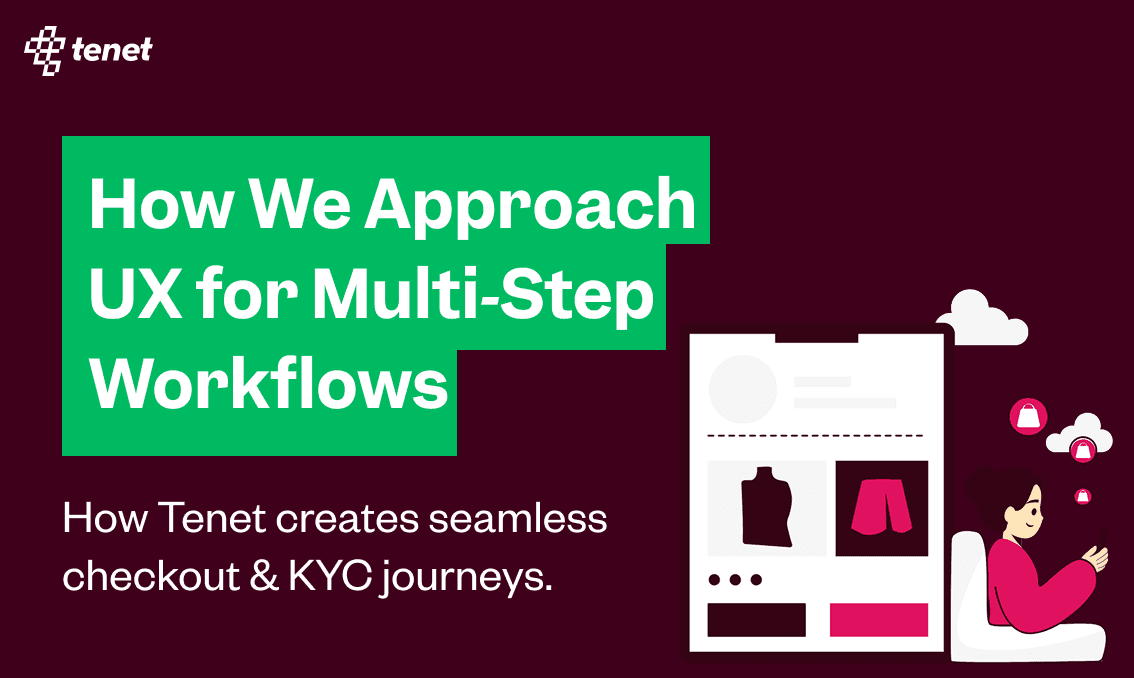How AI can Improve Your Digital Branding Process
Share
Share
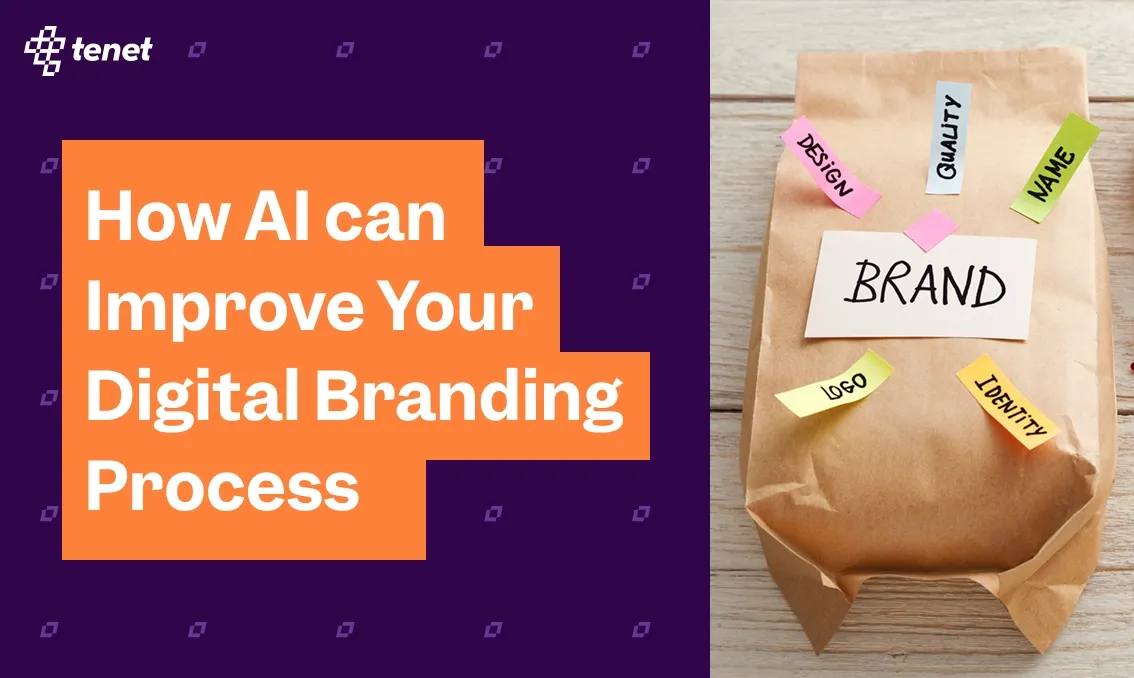
AI is changing how brands work, build trust, and grow online. It helps you move faster, understand your audience better, and create content with more accuracy.
When used correctly, AI becomes a strong support system for research, strategy, design, content, and customer interactions.
This guide explains how you can use AI in each stage of your digital branding process and why it has become essential for modern brands.
Why AI is a Game-Changer for Your Brand If You Use It Correctly
These are the reasons why you should consider using AI in the branding process of your company:
1. Hyper-Personalization at Scale
You can analyze vast quantities of data, from purchasing history and browsing behavior to social media engagement. AI tools like NotebookLM from Google can extract data from the sources you choose and generate deep insights and interactive mind-maps, aside from many more information formats based on your company's individual preferences.
This allows your brand to create more accurate reports about what is actually driving growth and make way more informed decisions.
2. Data-Driven Decision Making & Insights
Your brand can move beyond intuition and make the decisions based on robust data analysis. AI-powered tools can process enormous volumes of information from industry reports, social media discussions, and customer feedback to identify emerging trends and forecast market shifts. This capability allows a small agency like us or even an individual freelancer to perform trend analysis that was once the exclusive domain of large data analytics firms.
Furthermore, AI can provide a comprehensive view of the competitive landscape by automatically scraping and analyzing competitors' product features, pricing, and marketing messages, helping brands identify strategic gaps and highlight their unique strengths.
3. Automated Efficiency and Productivity
The biggest benefit of AI is its ability to automate simple, repetitive, and routine tasks. Tools like publer can schedule your social media posts, segmenting email lists, writing basic product descriptions, and responding to frequently asked questions with chatbots.
You can use AI tools like Make or N8N for to automake different workflows or you can build AI agents that have access to your tools like, your sheets, your calendar or your task management tool and tell it to do things for you whenever you want or whenever something happens.
4. Customer Journeys & Interactions
AI can improve every step of the customer journey and make your brand easier to interact with. You can use AI tools to answer questions, guide users, and give faster support.
Chatbots and virtual assistants can reply to common questions in seconds and offer product suggestions based on user behavior. This reduces waiting time and makes the interaction feel more personal.
A Step-by-Step Blueprint to Integrate AI into Your Branding Process
A successful AI integration is not about flipping a switch; it's a phased process that infuses technology into a human-led strategy. This roadmap breaks down the branding process into key phases, demonstrating how AI can be applied at each step.
Phase 1: Brand Strategy & Foundation
Before any content is created, you must build a strong foundation and have a step by step approach, here is the approach we use at our company:
Honing Your Value Proposition
A clear value proposition is the cornerstone of any brand. AI can help refine it by:
- Analyzing Market Trends: AI tools process industry reports and social media chatter to identify emerging trends and shifts in consumer priorities.
- Gleaning Customer Feedback Insights: Sentiment analysis algorithms can scan reviews, support tickets, and social media comments to pinpoint customer pain points and areas of strength.
- Mapping Competitive Differentiation: AI can conduct a comprehensive analysis of competitors' messaging, features, and pricing to identify gaps your brand can fill.
Designing Your Brand Identity
The process of creating a visual brand identity, which can cost tens of thousands of dollars with an agency, can be accelerated and democratized with AI. A practical, step-by-step approach includes:
- Brainstorming a Name: Use a tool like ChatGPT to generate name ideas based on your brand's mission, target audience, and desired feel (e.g., "approachable and friendly").

- Generating a Color Palette: Use AI-powered color palette generators or work with an AI assistant to create a cohesive set of primary and secondary brand colors.

- Choosing Fonts: Ask an AI tool to suggest font pairings from libraries like Google Fonts that align with your brand's personality (e.g., "professional sans serif fonts that are geometric").
- Creating a Logo and Logo Mark: Use text-to-image generators like Recraft (powered by models like Google's Nano Banana) or ChatGPT's DALL-E to brainstorm and create initial drafts for a logo and an accompanying logo mark based on descriptive prompts (e.g., "a minimalist logo mark of a pixelated flower").
Phase 2: Content Creation & Messaging
Build strong first drafts from your own source files
Upload your brand guidelines, product sheets, customer FAQs, and past high-performing pages. Ask AI to study only these files and create a fresh draft for your blog, landing page, or email. This gives you a draft that reflects your tone, key benefits, product features, and preferred structure without generic filler.
Turn long PDFs and reports into clean message blocks
Paste a long research report, founder interview, or product document. Tell AI to extract three outputs: clear facts, simple benefit lines, and ready copy blocks for hero sections or ad creatives. This helps you convert large documents into usable messaging pieces in minutes.
Create reusable message frameworks for your team
Ask AI to build frameworks like “Problem → Insight → Solution,” “Before → After → Bridge,” or “Hook → Value → CTA.” Use these frameworks to rewrite older pages, plan ads, or brief writers. This keeps your messaging consistent across all channels.
Generate sharp headline and CTA variations for A/B tests
Give AI your offer and audience. Ask for 10 headline and CTA pairs, each built around one angle like speed, trust, cost, results, or simplicity. Use these pairs directly in ads or landing page tests.
Craft segment-specific messages for each audience
Share your audience groups. Ask AI to rewrite your core message for parents, students, enterprise teams, or first-time buyers. It adjusts tone, examples, objections, and benefits for each group so your messaging feels relevant.
These are some use cases only. There are hundreds of ways you can use AI in each stage of content creation.
Phase 3: Audience Engagement & Relationship Building
AI provides powerful tools for reaching and interacting with your audience, automating outreach while enabling deeper connections.
Prospecting and Qualifying Leads
AI can automate the top of the sales funnel.
- Prospecting: AI-powered CRM tools like Manis.AI can analyze your existing customer database to identify your ideal customer profile (ICP) and then scour the web to find new leads that match.
- Qualifying: To avoid calendars filled with non-viable leads, conversational AI tools like your.com can act as a "spam filter," pre-qualifying leads through automated calls or chats before allowing them to book a meeting with a human.
Supporting Positive Interactions
Conversational AI tools like Sprinklr can be deployed across more than 15 channels (chat, email, social media) to provide instant responses to customer queries, offer personalized recommendations, and handle routine support tasks, freeing up human agents for more complex issues.
Social Listening and Sentiment Analysis
To understand what consumers are truly saying about your brand, AI tools like Palowise monitor social media posts, forums, and review sites. Powered by NLP and sentiment analysis, these platforms can spot trends in consumer opinion regarding your brand, products, and competitors, saving countless hours of manual tracking.
Phase 4: Measurement and Optimization
Branding is an ongoing process of refinement. AI provides the tools to monitor performance and maintain consistency with unparalleled precision.
Enhancing Brand Elements
Once brand assets like logos, ads, and taglines are launched, AI can track and analyze consumer responses to understand what resonates and why. Platforms like Zappi offer consumer insights on digital ad performance, measuring metrics like ad distinctiveness and brand impression uniqueness.
Maintaining Brand Consistency
Successful brands are consistent. As brand strategist Mark de Grasse states, “AI branding is a version of branding that is enforceable, consistent, and easy.”
AI can analyze all brand assets to pinpoint defining elements like colors, imagery, and tone of voice, ensuring these elements are replicated consistently across every channel and touchpoint, even within personalized content.
The Problems and Risks when It Comes to the Human Gap
AI can help your brand grow, but it also brings real risks. If you use it without control, it can weaken your brand instead of strengthening it. You must keep a human-led approach to protect your brand identity.
Inauthenticity
Too much AI-generated content can make your brand look the same as others. Jen Iliff from WunderLand warns that heavy AI use can lead to content that feels flat and similar. This goes against the goal of branding, which depends on a clear and unique identity.
AI cannot fully understand emotions, moods, or user impulses. It cannot replace human skills like empathy, storytelling, or creative judgment. Houda Sayed explains that strong branding comes from deep emotional connections, which only humans can create.
This is why Gartner says around 30% of generative AI projects will fail after the testing phase by 2025. Many of them fail because they cannot deliver the emotional depth needed for real brand impact.
Technical and Ethical Problems
AI use also brings legal, technical, and ethical risks that brands must manage.
You need large amounts of customer data for personalization, which raises privacy and compliance issues under laws like GDPR and CCPA. If you misuse or fail to protect customer data, you can lose trust and face legal action.
AI tools can also show bias if the training data is biased. This can affect ad targeting, segmentation, and campaign decisions, which may exclude some users or reinforce unfair patterns.
The law around AI-generated content is still unclear. Brands and agencies worry about copyright, ownership, and the risk of using protected material without knowing it.
Expertise Delivered Straight to Your Inbox
Expertise Delivered Straight to Your Inbox

Got an idea on your mind?
We’d love to hear about your brand, your visions, current challenges, even if you’re not sure what your next step is.
Let’s talk
